How to Get a Baby to Sleep: 10 Tips From Parenting Editors
Dotdash Meredith and Yahoo Inc. may earn commission or revenue on some items through the links below.
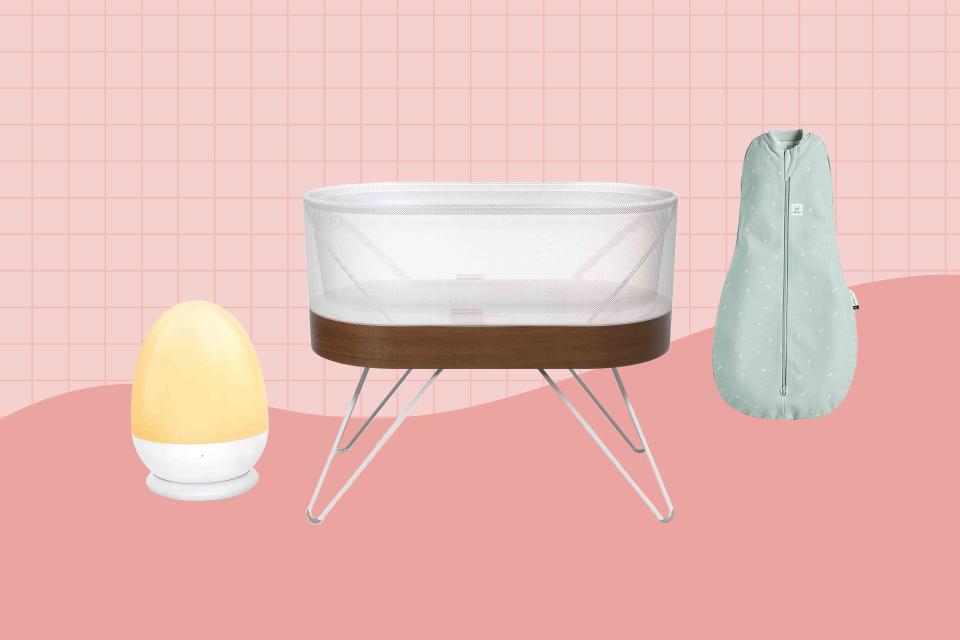
Verywell Family / Kristin Kempa
Getting your baby to sleep can be tricky, and a bad night of sleep can throw off the next day’s routine—not to mention your sanity. Whether your little one is having trouble relaxing at night or wakes up frequently, poor sleep can be physically and emotionally taxing. However, with the right gear, parents and babies alike can get some much-needed rest. These are the most frequent baby sleep problems and our editors’ tips to help your little bundle of joy (and you!) snooze soundly.
Beyond keeping your little one well-rested, sleep safety is crucial for you and your baby. Always follow the safe sleep guidelines from the American Academy of Pediatrics (AAP) to avoid suffocation risks and reduce the likelihood of Sudden Infant Death Syndrome (SIDS). The AAP’s recommendations include:
Babies should sleep on their backs on a firm, flat surface
Do not use products that aren’t intended for infant sleep, like baby loungers
There should be no loose items, like blankets, pillows, or stuffed animals, in the crib
Never share your bed with your baby
Choose a CPSC-certified crib or play yard
Baby Wakes Up Frequently During the Night
If your baby wakes up often throughout the night, it can disrupt both the baby’s and caregivers’ sleep patterns. To comfort your little one without even getting out of bed, we love the SNOO Smart Sleeper Bassinet for its auto-soothing features (and more). While it is a splurge, this sleek, mid-century modern bassinet rocks and shushes your baby as they sleep, sensing when they get fussy and responding with more motion and white noise. With the help of an app, you can control the bassinet’s movement, sound, and cry sensitivity—plus, there’s a preemie mode and a weaning mode that helps with the transition to a bigger crib or bed.
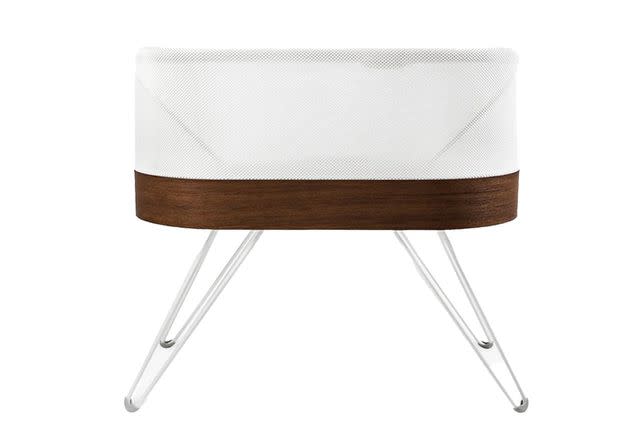
Pottery Barn Kids
Buy Now: Happiest Baby SNOO Smart Sleeper Bassinet, $1,695, amazon.com, potterybarnkids.com, happiestbaby.com
In addition to the bassinet, you’ll get a few nice extras with your purchase: three organic cotton sleep sacks, a sheet, a mattress, a water-resistant cover, and virtual access to sleep consultants. Note that the bassinet is designed to be used from birth until 6 months old, or until the baby can get on their hands and knees.
Related:The 9 Best Bassinets of 2023 to Keep Baby Close and Comfortable
Baby Can't Sleep in Noisy Environment
Lots of noise can be distracting to many babies, and if you happen to be out and about during naptime, getting your baby to sleep may be challenging. To make snoozing on the go a little easier, we recommend a portable sound machine, like our best-for-travel white noise machine, the Marpac Yogasleep Hushh Compact Sound Machine (read full review).
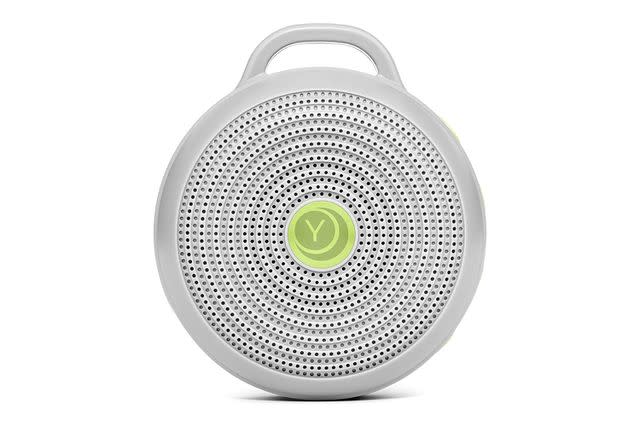
Amazon
Buy Now: Marpac Yogasleep Hushh Compact Sound Machine, $30, amazon.com
We love that the lightweight sound machine clips right onto a diaper bag, car seat, or stroller bar, so you can take it pretty much anywhere. Plus, it gives you the option to play bright white noise, deep white noise, or soothing ocean sounds at your preferred volume, and a child-proof lock prevents little fingers from adjusting the noise level.
Related:The 11 Best White Noise Machines of 2023
Baby Wants to Sleep With Their Arms Up
Traditional swaddles, which aim to soothe babies and control their startle reflex, typically keep a baby’s arms wrapped snugly against their body. However, some babies prefer to sleep with their arms up. Thankfully, the Love to Dream Swaddle UP, our favorite swaddle for hands-up sleeping, allows them to do just that. Our editors appreciate how this swaddle hugs the baby around their torso while letting them put their arms up for comfort (or to self-soothe).
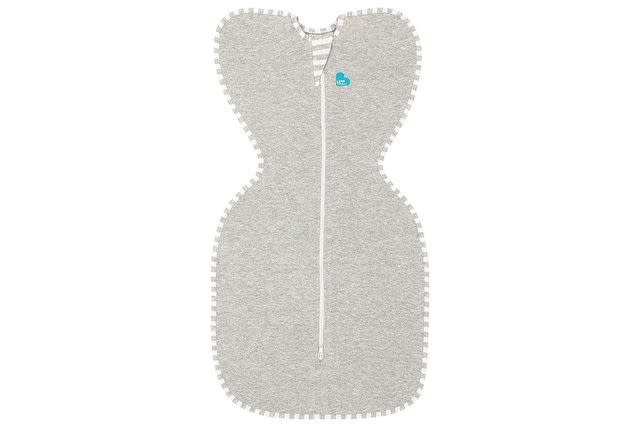
Amazon
Buy Now: Love to Dream Swaddle UP, $33, amazon.com
A two-way zipper gives you easy access for diaper changes, and the 1.0 TOG swaddle is made from a blend of stretchy cotton and elastane, which keeps babies warm without overheating in rooms that are 68 to 75 degrees.
Baby Needs a Flat Sleep Surface to Sleep on the Go
Per the AAP’s safe sleep guidelines, babies should always sleep on their backs on a firm, flat surface. This can get tricky when naptime hits while you’re on the go and don’t have access to a flat surface. A stroller-compatible bassinet, like the editor-recommended Uppababy Bassinet, is a clever solution: It attaches to your stroller in place of a regular seat, allowing your baby to snooze safely on the flat, breathable mattress. It also impressed our editors in our lab test with its adjustable UPF 50+ canopy to protect your little one from the sun’s rays, and the machine-washable mattress cover and zip-out liner make it easy to keep the bassinet clean.

Amazon
Buy Now: Uppababy Bassinet, $200, amazon.com
Suitable for babies from birth up to 20 pounds or until the baby can push up on hands and knees (whichever comes first), this versatile bassinet is compatible with the following Uppababy strollers: Vista (2015 and later), Vista V2, Cruz, Cruz V2, Ridge, and Minu V2. It can also attach to a bassinet stand (sold separately) for stationary sleeping at home.
Related:The Best Single-to-Double Convertible Strollers for Growing Families, According to Testing
Baby Wakes Up Easily
Baby waking up easily? Can’t get them to go relax and go to sleep? Playing white noise is a great solution: It creates a womb-like environment that helps lull babies to sleep (and drowns out the sound of the TV or doorbell). An editor favorite, the Hatch Rest Sound Machine and Night Light (read full review) easily made our list of the best white noise machines for babies thanks to its many customization options: You can program the sound—choose from white noise, nature sounds, a heartbeat, and more—to always run during naptime and at night, and an app helps you control the machine from your phone so you don’t risk waking the baby.
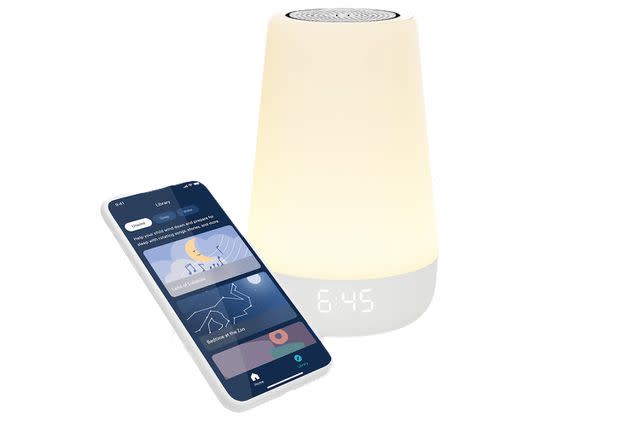
Hatch
Buy Now: Hatch Rest Sound Machine and Night Light, $70, amazon.com, walmart.com, hatch.co
The Hatch Rest also functions as a night light with 10 presets and a handy in-app color wheel. Plus, as your little one grows, the Hatch Rest can help them make the transition into a toddler bed with its time-to-rise cues.
Baby Needs to Transition to Their Own Room
The AAP recommends that babies sleep in the same room (but not the same bed) as their parents until they’re 6 months old. After that, babies can be transitioned to their own rooms, which can be a difficult change both emotionally and logistically. A high-tech baby monitor, like the Eufy SpaceView (read full review), helps caregivers keep an eye on their snoozing little ones from a different room and rest easy knowing they’re okay. This full-featured baby monitor also alerts you when your baby cries, and it tilts and pans to give you a floor-to-ceiling view, so you can see everything that’s going on. During our baby monitor test, we were impressed by how easy it was to set up (you can mount it on the wall, or simply plug it in and rest it on a table) and by the clarity of the screen, even when it was dark and we zoomed in.
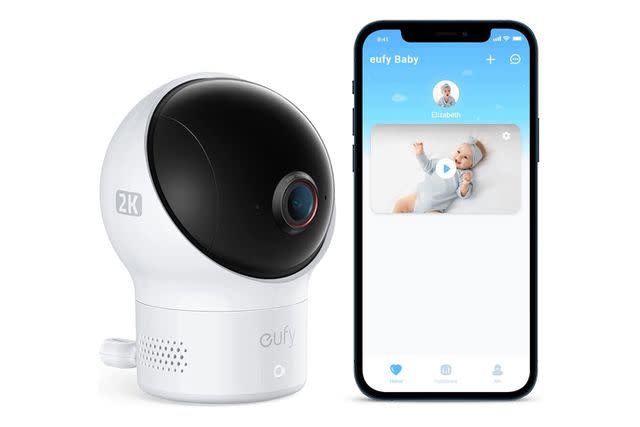
Amazon
Buy Now: Eufy SpaceView Baby Monitor, $120, amazon.com, bestbuy.com
The newest version has all of the things we loved about the older one, plus even higher video quality and a handy new phone app, which allows you to check in on your baby any time, whether you’re on the couch or away on a business trip.
Baby Gets Cold at Night
Whether you live in a chillier climate or you have a winter baby, being cold can make little ones fussy and bring their body temperature too low, affecting their safety and sleep quality. To keep your kiddo warm at night, our editors recommend the cozy Baby Deedee Nest Sleeping Sack, which feels like a baby-sized sleeping bag. It easily earned its spot as our favorite cold-weather sleep sack with its duvet-like cotton shell and cozy polyester lining. We also like that there’s plenty of fabric behind the zipper so it won’t irritate your baby, and it’s even available in toddler sizes.
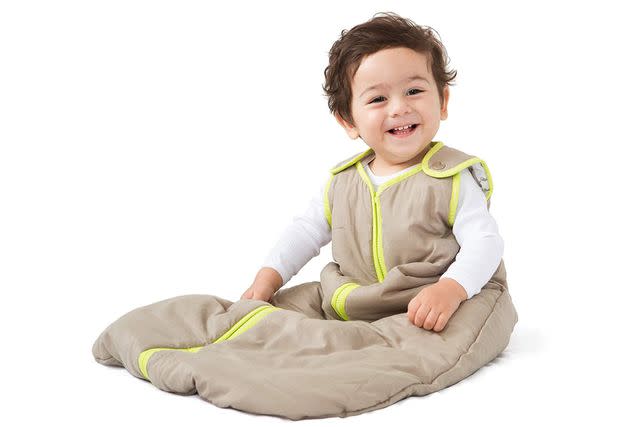
Amazon
Buy Now: Baby Deedee Nest Sleeping Sack, $42, amazon.com
Of course, you also don’t want your baby to sleep too warm, as an overheated bedroom can increase the risk of SIDS. Preferably, an infant’s room should be between 68 and 72 degrees.
Baby Is Fussy Before Bed
If your little one tends to get fussy around bedtime, a pacifier can help soothe them—and it can even reduce the risk of SIDS, according to the AAP. We love the MAM Original Baby Pacifier for newborns, as it’s specifically designed with their size and development in mind. Made from flexible, BPA-free silicone, the pacifier’s orthodontic nipple has an anti-slip texture to keep it in the baby’s mouth, and it’s shaped to mimic a familiar breastfeeding feel. The pacifier also has a special shield that provides air circulation and keeps the baby’s nose free.

Amazon
Buy Now: MAM Original Baby Pacifier, $7, amazon.com, walmart.com
While this pacifier isn’t dishwasher-safe, it comes with a handy microwaveable self-sterilizing case. Designed for babies 0 to 2 months old, these pacifiers come in packs of two in several colors and patterns.
Baby Won’t Fall Back Asleep
If your baby struggles to go back down after a diaper change or midnight feed, the light you’re using to see in the dark may be the culprit. Blue light affects melatonin production in babies, disrupting their sleep patterns, which is why we love this anti-blue light night light. The LED light won’t hurt your baby’s eyes, but it gives adults enough visibility during the night. In addition to adjusting the brightness, we like that you can choose between white and warm light.
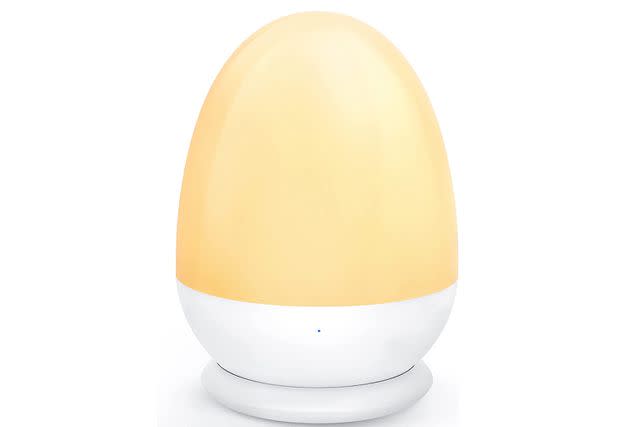
Amazon
Buy Now: MediAcous Night Light, $24, amazon.com
Additionally, touch control makes it easy to turn on when you’re rushing in to soothe a crying baby, and the rechargeable battery (which charges via USB or a charging base) powers the night light for up to 200 hours on the dimmest setting. It even comes with fun stickers so you can put a cute face on the night light if desired.
Related:The Best Night-Lights for Kids to Keep the Monsters at Bay
Baby Nees to Transition From a Swaddle to a Sleep Sack
When your baby is able to roll over onto their stomach, it’s time to transition them from a swaddle to a sleep sack so they have a broader range of motion. However, some little ones don’t take to this change well, which is where a transitional sleep sack comes in.
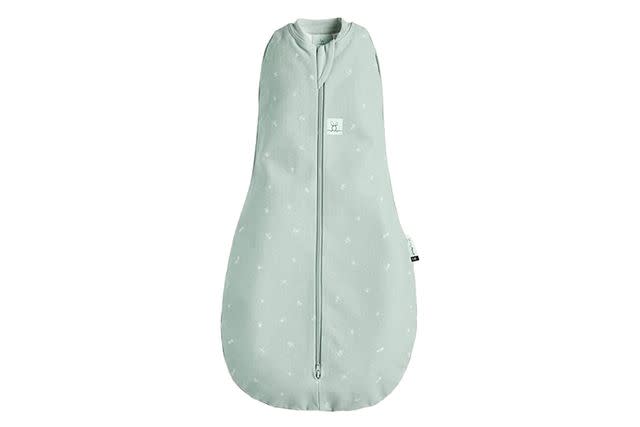
Amazon
Buy Now: ergoPouch Baby Sleep Sack, $40, amazon.com
A transitional sleep sack, like the editor-approved ergoPouch Cocoon, guides babies through this adjustment: It can first be used as a traditional swaddle with both arms inside, then you have the option to leave one of the baby’s arms out for a few nights before they’re ready to sleep with both arms out. We also like that the sleep sack has handy shoulder snaps to help get it on and off your baby, and the organic cotton material fits like a hug.
Read Next:The 8 Best Baby Cribs of 2023